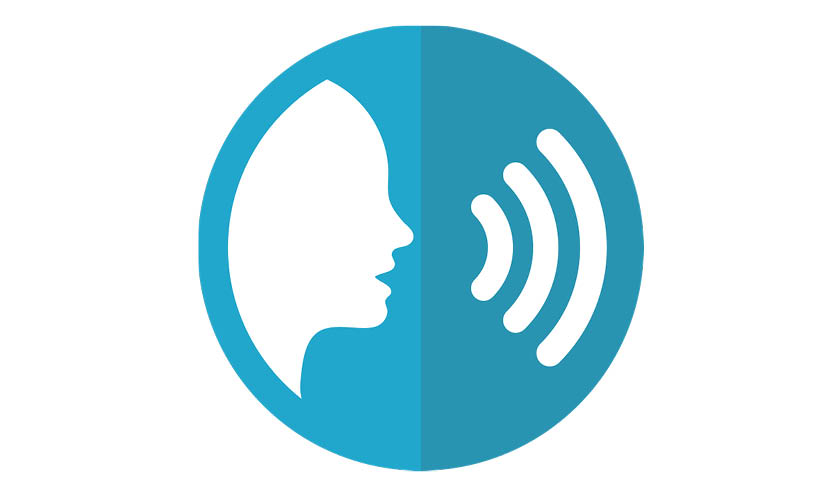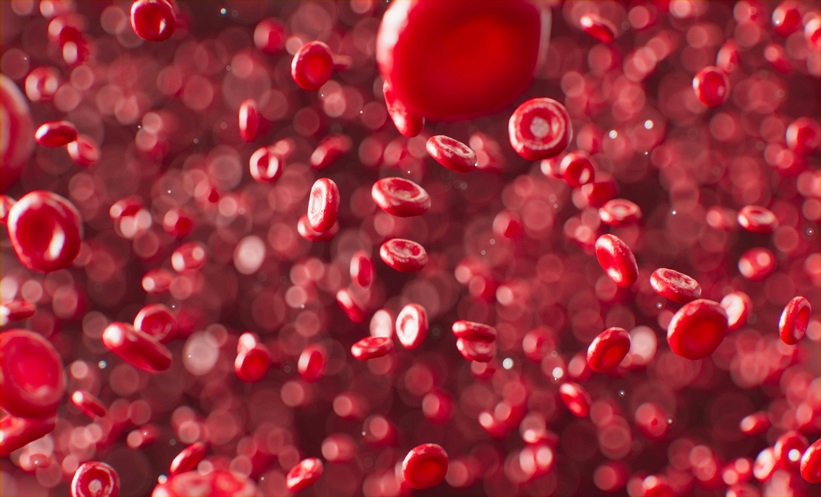Written by Julie Nevin | Clinical Nurse Specialist in Palliative Care, BSc (Hons) King’s College London, London, UK
![]()
 Spasmodic dysphonia (SD): what about it? That is the million-dollar question. I am a specialist nurse and have worked in the healthcare industry for 30 years, yet I had never heard of the disease. I pretty much diagnosed myself after years of struggling with my speech and carrying out thorough research into my symptoms.
Spasmodic dysphonia (SD): what about it? That is the million-dollar question. I am a specialist nurse and have worked in the healthcare industry for 30 years, yet I had never heard of the disease. I pretty much diagnosed myself after years of struggling with my speech and carrying out thorough research into my symptoms.
I decided to write this piece from a patient’s perspective, as my role has now reversed from clinician to patient.
Let’s Take a Look at Spasmodic Dysphonia
The disease comes in three forms:
- Adductor SD: Muscle spasms cause the vocal cords to tighten and slam shut, which can feel like you are being strangled. This causes interruptions in speech, meaning it can sound like you are having a panic attack or a nervous breakdown.
- Abductor SD: This is different, in that the voice is weak and breathy. I do not have this form, so I cannot speak for those who do; however, I am sure it is highly difficult.
- Mixed SD: You can actually have a combination of both types of the disease.
Causes of Spasmodic Dysphonia
Sadly, the condition is not yet fully understood, which obviously makes things challenging as a patient.
What little is known about SD, is that it affects women more than men. Onset usually presents in middle age, and it is most certainly a neurological condition originating from the basal ganglia. So, basically the signals from my basal ganglia are on strike and don’t send signals to my vocal cords. Very inconvenient.
Struggling to speak is the most exhausting and humiliating experience that has ever happened to me. It most certainly affects my job, as I need to use my voice rather a lot. This poses big problems, especially when you are undiagnosed and have no idea what is happening to you.
The long-term impact and misdiagnosis led to severe anxiety and at times a joyless existence. I went to doctors over the years and was always told the same thing; “You’re very anxious dear”, “It’s the menopause”, “Do you need counselling?”. Never once did a doctor investigate further.
I quickly realised that stress triggered my voice. Well, that was just fabulous, as life is full of stress; how on earth would I be able to control this? I had to find new ways of speaking. I spoke in higher pitches, and I dropped letters from words; for example, the word ‘director’ became ‘drector’, because I could not say the letter ‘I’.
I could not say my name, it would come out as ‘Ju…l…i…e’, so I would say it quickly to get through the hurdle, which made me sound angry or frenzied. People would often say to me: “Alright, there’s no need to get annoyed.” I felt miserable, incompetent, and basically inadequate. My voice became so bad that I was beginning to have panic attacks. I dreaded speaking; the phone was, and still is, my worst enemy.
I finally went back to a doctor and told her I had SD and needed a specialist. I had researched the condition thoroughly and knew I was right. I was diagnosed with SD in January 2017. A small scope was put down my nose, and there they were: my vocal cords on a television screen. I was informed they looked healthy. I thought, oh no, please don’t be healthy, because that means I am really mental and anxious. Luckily, I was informed that it was SD. It was a relief to finally receive an answer. Interestingly, the doctor told me they thought it may be genetic (in my case it is not) or linked to traumatic life events, which makes much more sense.
Treatment
Botox. Yes, that’s what it was invented for.
It was injected straight into my neck; no local anaesthetic, in it went. I was wired up to a machine so my spasms were detected, and with precision the needle was injected in exactly the right place.
There are other forms of treatment which I will not talk about in this article; however, botox is the gold standard. There is no cure for SD, only symptom control. I was used to providing care as a specialist nurse but felt like I might now be a palliative patient myself. This was an extremely scary situation for me and is something I still think about today.
To date, I have had two injections. The second one left me sounding breathy, like I had severe laryngitis, for several weeks. My voice eventually improved, though it never sounded the same as before I had SD. The spasms stopped and the effort to speak significantly reduced, but the disruption to my voice can still easily trigger if I am upset or stressed, even with botox.
After my diagnosis, I had a ‘coming out’ party. I told people what was wrong with me. It was like lancing a big boil. I had hidden my struggles for 15 years; I was ashamed and embarrassed (the details of which could comprise a separate article). The stigma is very isolating. I knew that people were thinking I was ‘not quite right’. I have been asked if I am deaf and people have spoken to me like I was deaf or stupid.
The impact on my mental health was very hard to bear. I do take an anti-depressant to manage the anxiety. Let me be clear: dysphonia comes first, then anxiety. It’s always there, the feeling of when the dysphonia will kick back in and over take my life. The most frightening part is you can’t get a ‘top up’ of botox, because there is a danger of becoming immune, which I try not to think about.
I now have new symptoms: feeling like my oesophagus is being squeezed and being breathless when I speak. After my last botox injection, swallowing was very painful. Aspiration of fluids was a daily occurrence, and fatigue took over my life.
How does it affect relationships and work life?
This is something I have shared in my next blog, which you can find here.
From reading my first-hand experience, you can see that this is a unique disorder and more effort should be made to raise awareness. Not just from a patients’ perspective, but to also enlighten the public and, most importantly, healthcare professionals. It can have a truly significant impact on a patient’s mental health and support is a critical part of understanding, accepting, and dealing with SD.









